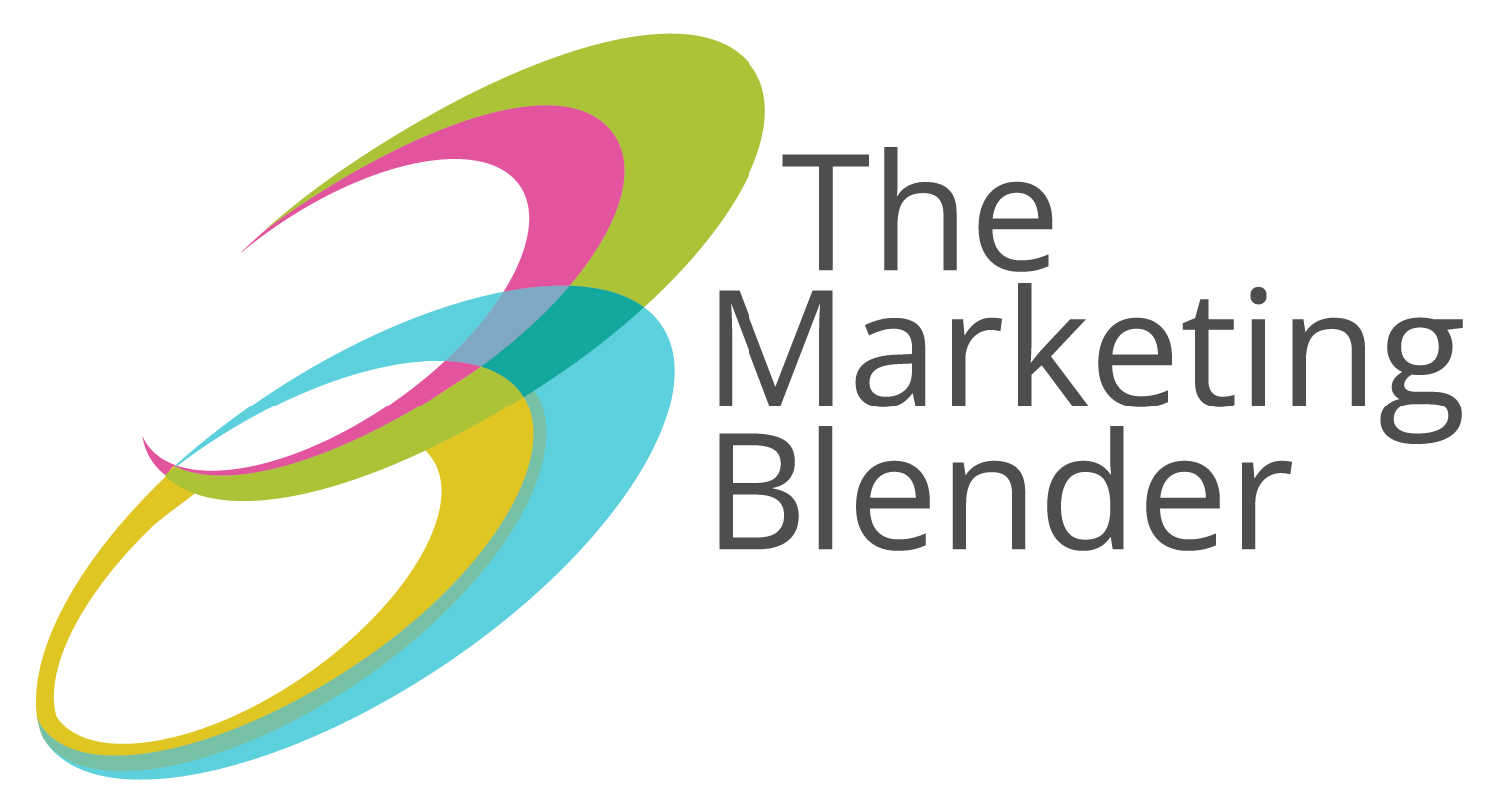B2B lead nurturing is all about building trust, educating prospects, and guiding them through the buyer’s journey until they’re ready to take action. Many companies struggle with lead nurturing because they either rush the process or fail to have a structured system in place. It’s not magic, it’s logic and strategy.
Lead nurturing requires a strategic approach to ensure that marketing efforts translate into actual revenue. In this guide, we’ll break down B2B lead nurturing best practices and how you can create a system that effectively moves leads from initial awareness to closed deals.
1. Know the Stages for B2B Lead Nurture
Building a system happens step by step.
The Three Key Stages:
- Top of the Funnel (TOFU) – Awareness & Visibility
- Prospects are just starting their research.
- They may not understand the root cause or the extent of their problem.
- Content like blogs, webinars, and social media posts help introduce them to your brand.
“Top of the funnel is visibility—letting people know that you exist because people are researching, they’re creating progress, they’re exchanging time for information.” – Dacia Coffey, Blender CMO
- Middle of the Funnel (MOFU) – Consideration & Engagement
- Leads know their problem and are looking for potential solutions.
- This stage is about building credibility and educating the buyer.
- Key tactics include ebooks, case studies, assessments, and lead nurturing emails.
“Middle of the funnel is when people are spending more time with your content. They know you exist and they are paying attention to what you’re saying.” – Dacia Coffey, Blender CMO
- Bottom of the Funnel (BOFU) – Sales & Conversion
- Leads are ready to buy and need reassurance.
- Sales-qualified leads (SQLs) should be nurtured with ROI calculators, product demos, pricing discussions, and direct sales outreach.
“Bottom of the funnel is where we focus on sales-qualified leads—walking somebody through the urgency, what they need, and challenging them to set a consultation.” – Dacia Coffey, Blender CMO
💡 Action Step: Map your content and outreach efforts to each of these stages so that leads receive the right message at the right time.
2. Build a Multi-Touch Journey for Nurturing B2B Leads
Effective lead nurturing is not just one email drip campaign—it’s an orchestrated mix of touchpoints designed to keep your brand top-of-mind.
Best Practices for a Multi-Touch Approach:
- Personalized Email Sequences – Guide leads with a series of educational and sales-driven emails.
- LinkedIn & Social Media Engagement – Interact with prospects through targeted posts, ads, and direct messages.
- Retargeting Ads – Serve display or social ads to people who have engaged with your content but haven’t converted.
- Live & On-Demand Webinars – Webinars establish credibility and keep your audience engaged.
- Sales Team Follow-Ups – Timely and strategic personal outreach from sales reps can re-engage warm leads.
A successful B2B lead nurturing system should mix automated marketing with human touchpoints to keep prospects engaged throughout their journey.
“A great marketing funnel goes all the way through the sales process. It’s not just marketing—it’s how and when the sales team engages, what messaging is used, and what qualifies as a real opportunity.” – Ramsey Sanchez, Blender Digital Expert
💡 Action Step: Audit your current lead nurturing strategy and identify gaps where you need more touchpoints or better personalization.
Want to hear direct from our own Digital Marketing expert, Ramsey Sanchez? Watch The Marketing Blender Show.
3. Leverage the Power of Lead Scoring
Not all leads are equal—some will be high intent, while others may be early in their journey. This is where lead scoring comes in.
How Lead Scoring Works:
✔ Assign points based on a prospect’s behavior and engagement.
✔ Example lead scoring system:
- +10 for downloading an ebook
- +20 for attending a webinar
- +30 for requesting a demo
- -10 for not opening emails over 60 days
✔ Once a lead reaches a certain score, it triggers an action, such as a sales outreach or a personalized email sequence.
💡 Action Step: Work with your sales and marketing teams to create a lead scoring model that ensures only high-quality leads move into the sales pipeline. Want to know what CRM we use? It’s SharpSpring. We like it for covering the full Sales/Marketing pipeline so we can see the impact of our lead nurture.
4. Optimize Your Content for Lead Nurturing
The type of content you provide at each stage influences how leads engage with your brand.
Content to Use for Each Stage:
TOFU (Awareness Stage):
- Blog posts & industry reports
- Social media content
- Short explainer videos
MOFU (Consideration Stage):
- Ebooks & whitepapers
- Webinars & workshops
- Case studies & testimonials
BOFU (Decision Stage):
- Product demos
- Pricing guides
- Personalized ROI reports
“A really good marketing funnel isn’t just about tactics—it’s about making sure that messaging is aligned to what the audience actually cares about.” – Dacia Coffey, Blender CEO
💡 Action Step: Audit your content and identify any gaps where you need stronger assets to support the nurture process.
5. The Role of CRM & Automation in Lead Nurturing
A well-structured lead nurturing system needs a strong CRM (Customer Relationship Management) platform to track engagement and automate processes.
Why CRM & Automation Matter:
- Tracks lead activity – Who opened emails, downloaded content, attended events, etc.
- Automates follow-ups – Sends personalized messages based on lead behavior.
- Provides sales visibility – Ensures that the sales team knows which leads are warm and when to follow up.
“At The Marketing Blender, we build structured marketing systems with tracking in place, because marketing should drive revenue, reputation, and resilience.” – Dacia Coffey, Blender CEO
💡 Action Step: If you’re not using a CRM to track and automate lead nurture, it’s time to invest in one.
6. Align Sales & Marketing for Seamless Lead Handoffs
One of the biggest reasons lead nurturing fails is a disconnect between marketing and sales.
How to Align Sales & Marketing:
✔ Define what qualifies as a sales-ready lead – Use clear lead scoring metrics.
✔ Set up regular sales & marketing meetings – Keep both teams aligned on lead quality and follow-ups.
✔ Use a Service Level Agreement (SLA) – Establish expectations on response times and follow-up processes.
💡 Action Step: Work with your sales team to create a seamless handoff process so leads don’t get lost in the transition.
Final Thoughts: The Long-Term ROI of Lead Nurturing
B2B lead nurturing is a long-term strategy, not a quick fix. The companies that succeed are the ones that build structured systems and continuously optimize them. Marketing doesn’t have a finish line. It’s a system that, when done right, pays dividends for years.
By implementing these best practices, you can create a lead nurturing system that consistently generates high-quality leads, shortens your sales cycle, and drives real revenue growth.
Want expert help setting up a structured B2B lead nurturing system? Contact The Marketing Blender to build a process that works for your business!



